
Sunset Collection: The Sophisticated Choice for Professional Projects
The Sunset Collection features warm, natural tones inspired by the colors of the sunset. With a sophisticated and inviting look,
There are multiple ways to cut veneers in order to produce unique and interesting styles. Depending how the log is cut, this will determine the grains appearance.
OPTIONS
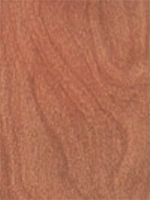
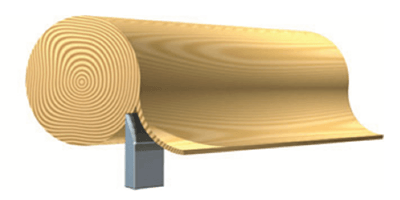
Rotary Cut Veneers
A whole log is mounted in the center of the lathe and turned against a sharp blade, much like unwinding a roll of paper. It is the most economical method of cutting. Rotary cut veneer can be wide enough to produce a full-sheet, or single piece faces.
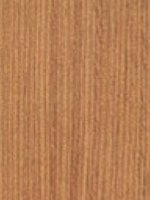
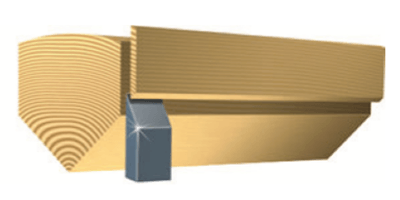
Quarter Sliced Veneers
A quarter log is mounted on the flitch table so that the growth rings are perpendicular to the cutting blade, producing a series of stripes. These stripes can be straight in some woods and varies in others.
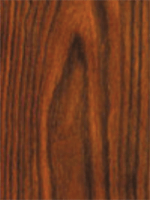
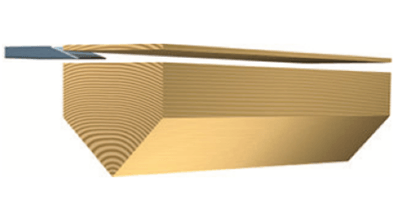
Flat Cut or Plain Sliced Veneers
A half log is mounted with the heart side flat against the flitch table of the slicer. The cut is then made with the blade parallel to the length of the log producing the appearance of a “cathedral effect”.
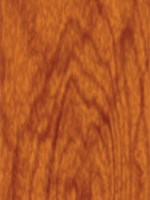
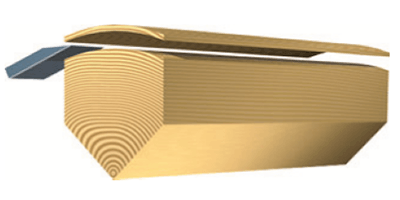
Half Round Sliced Veneers
A half, third or quarter of a log is attached to a plate on a lathe and turned. Half-round slicing is used to accentuate the different grain in certain woods. However, it can also be used to achieve a flat/ plain sliced veneer appearance.
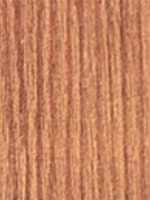
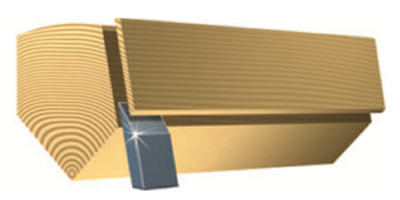
Rift Cut Veneers
A quarter of the log is fixed to a plate on a turning stay log. As the flitch is rotated, the blade and angle can be varied so that the wood is cut exactly to produce the very straight rift grain. Rift slicing uses a “stay log lathe,” which cuts with a rotary action. Rift slicing also achieves a straight grain pattern, but avoids the appearance of “flake” that occurs in some species when quarter sliced. Most often, this method is used with oak and it is generally the straightest and free from cathedrals and variations in grain.